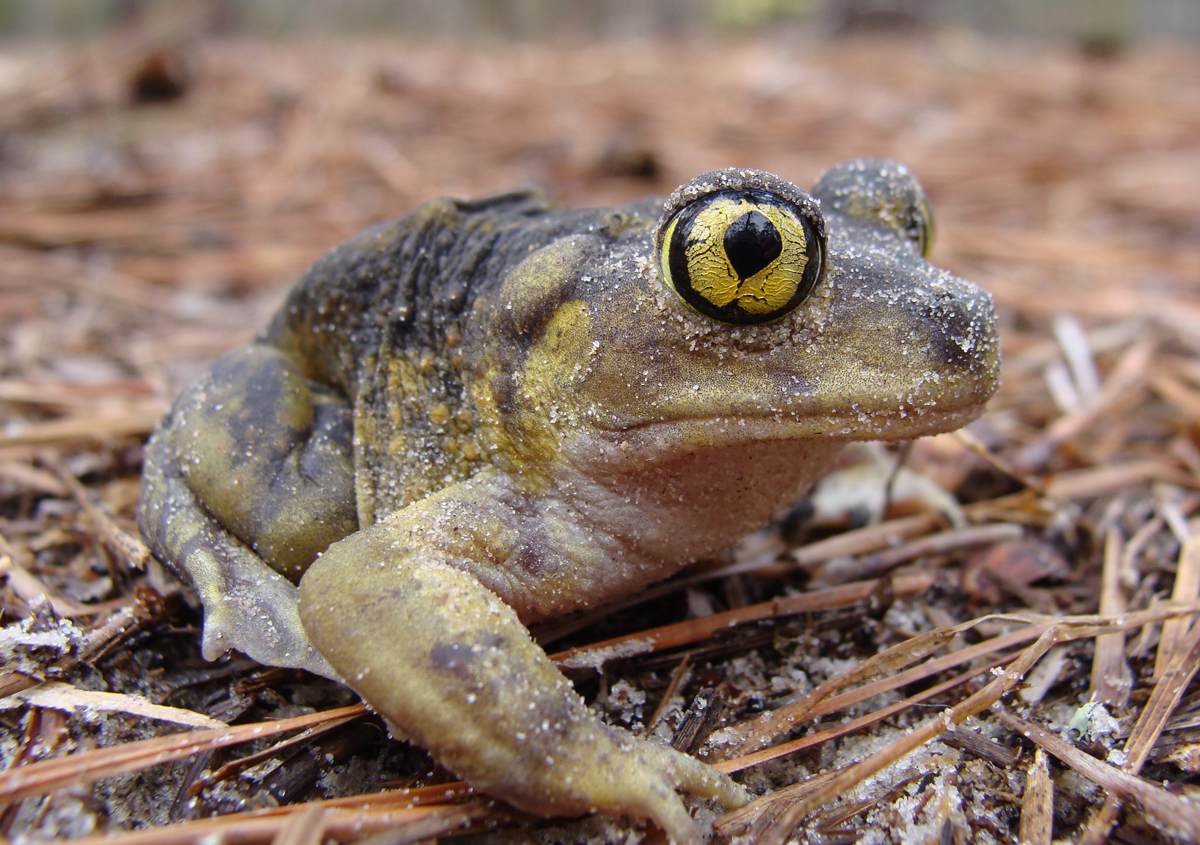Mashomack Musings: In spring it’s frogs whose songs can be heard at night

When people think about the night sounds of nature, most focus on familiar icons such as owls or summertime crickets and katydids.
But in the spring, it is the amorous frogs that rule the darker hours.
The majority of sounds in nature, especially in the spring, are undoubtedly associated with reproduction and advertising for mates. Birds, insects, amphibians and even whales sing songs to communicate their fitness and availability.
Starting in March, frog songs begin to issue from wetlands. As waters warm, frogs emerge from their winter torpor ready to mate and lay eggs, ensuring their offspring have time to hatch before warmer weather dries up their wetlands.
Spring peepers, tiny tree frogs found throughout much of the eastern and central parts of the United States and Canada, can often be heard in deafening choruses, or, sometimes, just a few bell-like voices at once. These are normally the first frogs to emerge and their outsize voices in the leafless woods and ponds are true harbingers of spring.
Others follow in a predictable pattern. Once-ubiquitous Fowler’s toads are now reduced to just a few places on Shelter Island. Their long, “screaming,” unmelodious trills are a sure sign that a wetland is nearby. Camouflaged gray tree frogs’ more musical trills last about a second, then pause before repeating.
Green frogs announce their presence with a banjo-like twang, while bullfrogs are the last to begin their “chug-o-rum” and can be heard through much of the summer.
A study in central New York compared the timing of the start of spring frog calls from 1900-1999. Like many things affected by local temperatures, four frog species are now calling 10 to 13 days earlier than in the past, two are unchanged, while none is calling later — yet another indicator that climate change is already affecting our natural world.
As we continue our way into spring, take a nighttime stroll. The overlapping calls of our amphibious friends coping with spring fever can create quite an impression when you venture out.
Mashomack Preserve is owned and operated by The Nature Conservancy, a global environmental nonprofit working to create a world where people and nature thrive. Their mission is to conserve the lands and waters on which all life depends. To learn more, visit nature.org.

